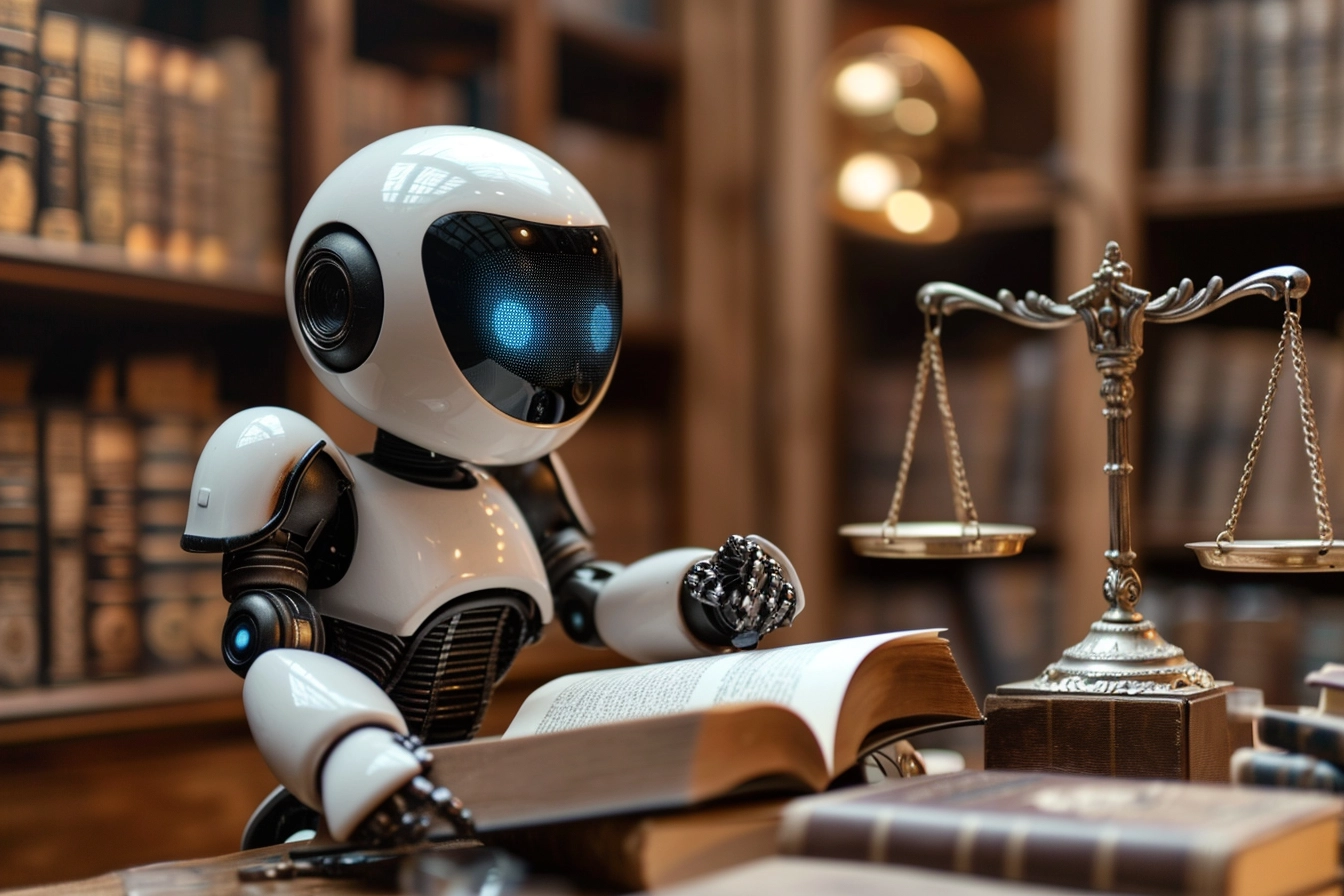Artificial Intelligence (AI) is rapidly making its way into the legal industry, streamlining tasks like document review, legal research, and even contract analysis. However, the rise of AI in law is also accompanied by several myths and misconceptions that can lead to unrealistic expectations or unnecessary fears. Understanding these myths is essential for leveraging AI responsibly and effectively in legal practice.
What Are the Common Myths About AI in Law?
AI in law involves using advanced algorithms and machine learning to support or automate various legal processes. While AI offers numerous benefits, many myths have clouded its true potential and limitations.
Key Myths About AI in Law
Myth 1: AI Will Replace Lawyers
One of the most persistent myths is that AI will make human lawyers obsolete. In reality, AI is a tool designed to assist, not replace, legal professionals. AI can handle repetitive tasks like contract review and data analysis, but critical thinking, negotiation, ethical judgment, and client advocacy remain uniquely human skills.
Myth 2: AI Delivers Perfect Accuracy
Some believe that AI systems in law are infallible. However, AI is only as good as the data it is trained on. If the training data contains biases or errors, the AI’s output can also be flawed. Lawyers must still verify and validate AI-generated results to ensure accuracy and fairness.
Myth 3: AI Understands the Law Like Humans
AI can process large volumes of legal text, but it does not “understand” the law in a human sense. It recognizes patterns and provides probabilistic outcomes, but it lacks context, emotional intelligence, and the nuanced reasoning required in complex legal scenarios.
Myth 4: AI Is Completely Neutral
There is a common misconception that AI systems are unbiased and objective. In fact, AI can inherit biases from its developers or from the data it’s trained on. This can lead to biased outcomes, especially in areas like criminal justice, where historical data may reflect systemic inequalities.
Myth 5: AI in Law Is Fully Autonomous
AI tools in law are not fully autonomous decision-makers. They support decision-making by offering insights, recommendations, or document summaries. The final judgment and accountability still rest with human legal professionals.
Myth 6: AI Implementation Is Quick and Easy
Another misconception is that integrating AI into legal practice is simple. In reality, it requires careful planning, proper training, and a clear understanding of the AI tool’s capabilities and limitations. Without this, firms may misuse or misinterpret AI outputs.
Conclusion
AI is a powerful tool reshaping the legal industry, but it is crucial to separate fact from fiction. AI will not replace lawyers, nor will it eliminate the need for human judgment and ethical oversight. By debunking common myths and approaching AI adoption with realistic expectations, legal professionals can harness AI’s true potential while maintaining the core values of justice and fairness.




Leave feedback about this